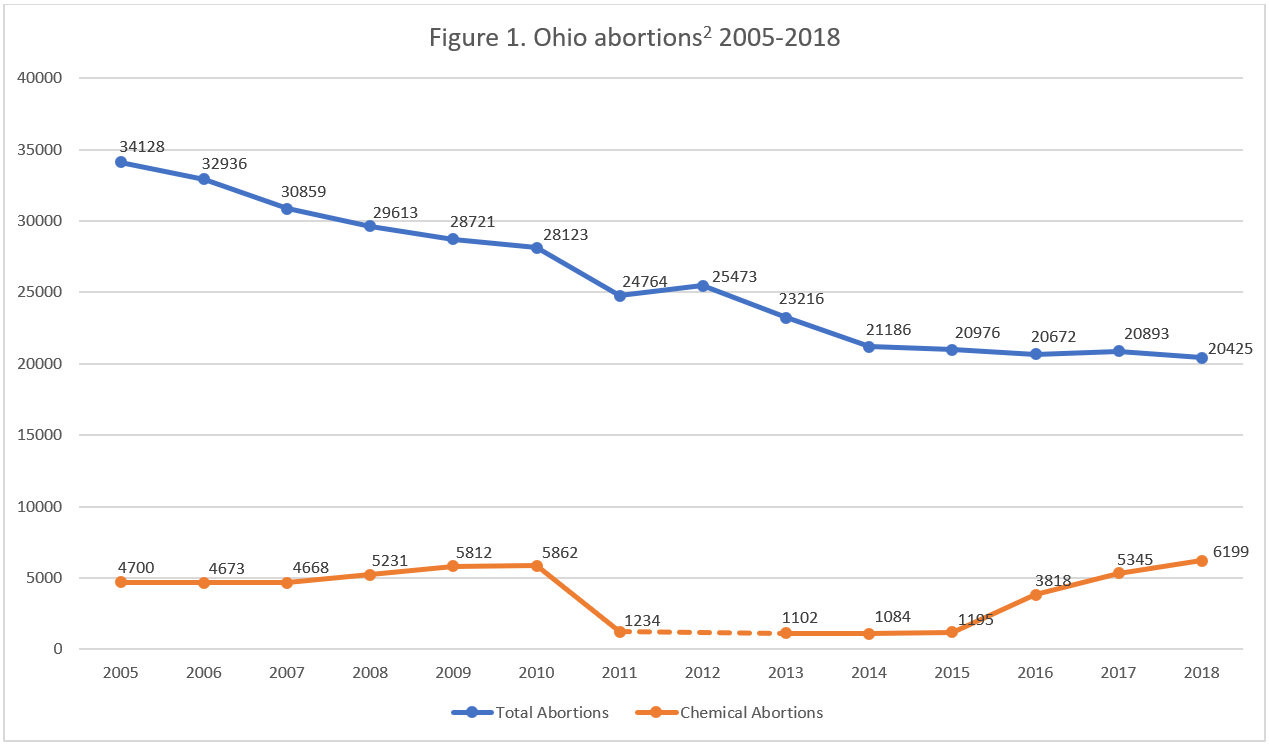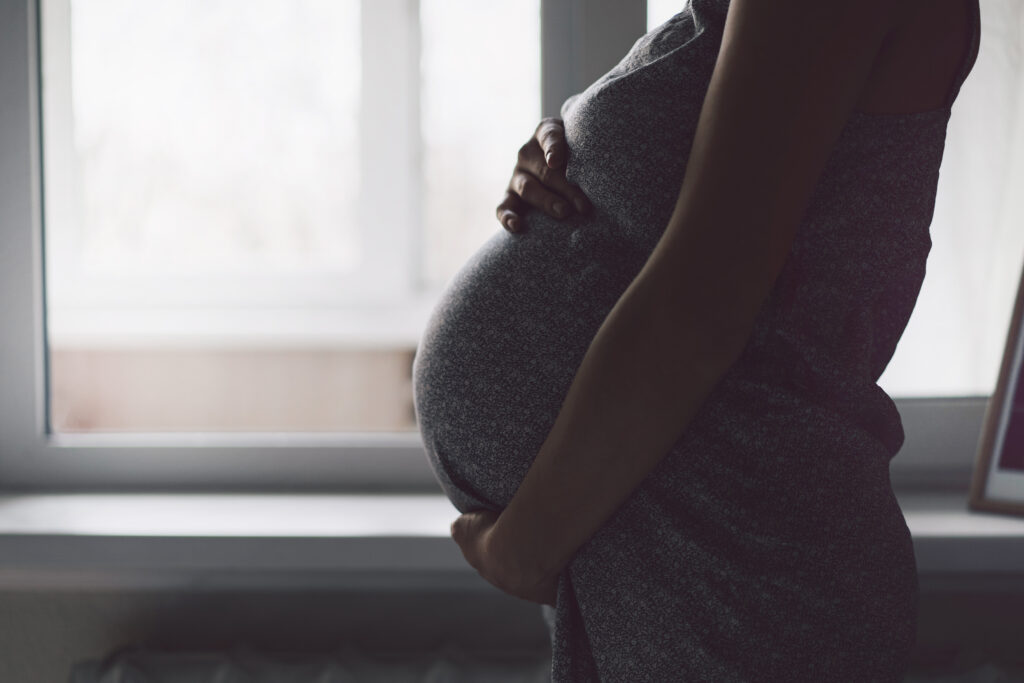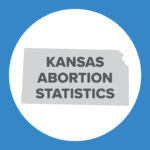Abortion Reporting: Ohio (2018)
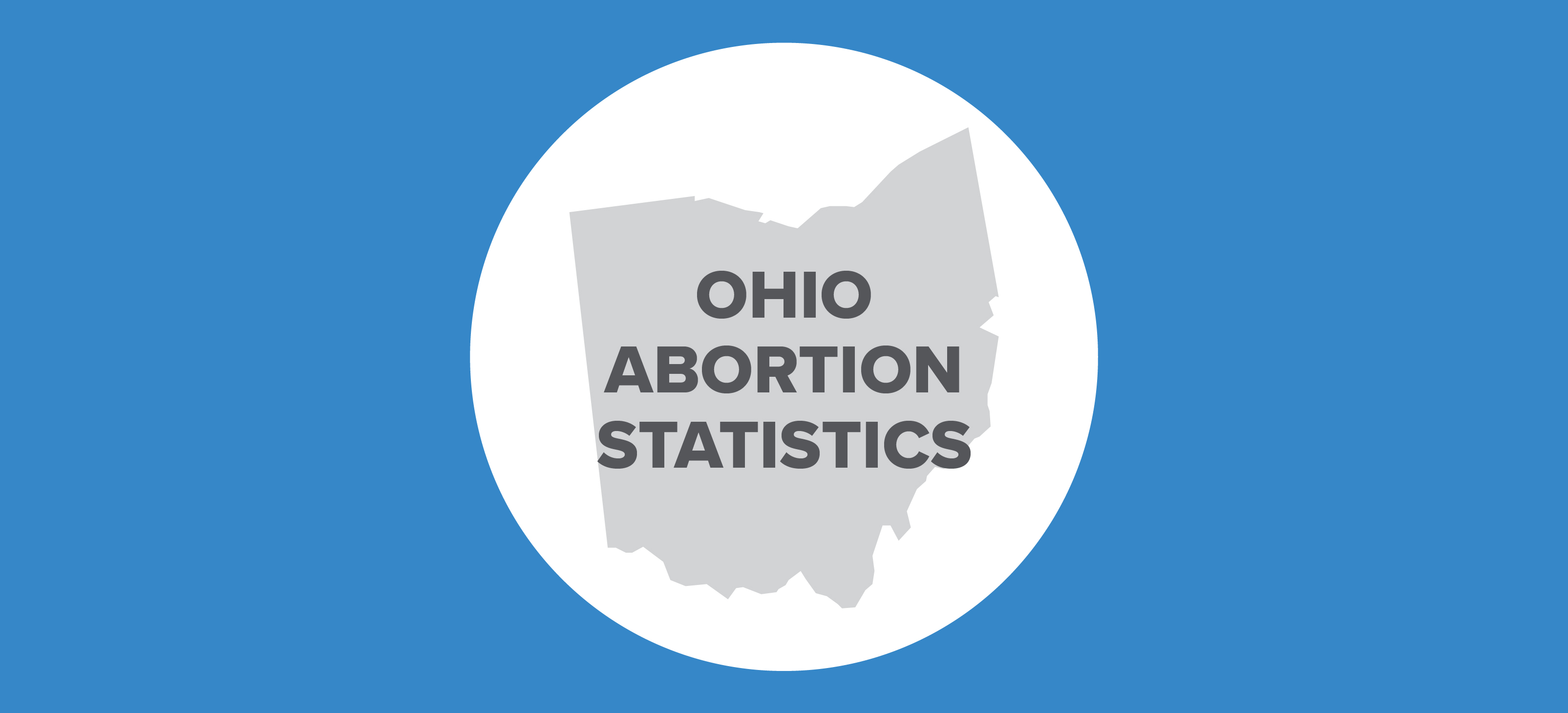
Ohio’s annual abortion report for 2018 was published in October 2019 by the Ohio Department of Health. The report shows that abortions fell in 2018 after increasing slightly the year before.
Changes in Ohio Abortions, 2017-2018

Information on Planned Parenthood’s Ohio market share is not publicly available.
Abortion Totals and Trends
In Ohio, there were 20,425 abortions reported in 2018, a drop of two percent from 2017 (Fig. 1). Chemical abortions increased by 16 percent, rising from 5,345 in 2017 to 6,199 in 2018. The Charlotte Lozier Institute estimates that Ohio’s abortion rate fell from 9.5 abortions per 1,000 women of childbearing age in 2017 to 9.2 in 2018, lower than the national rate (Fig. 2).
State Report Summary
Ohio’s abortion report contains information for all abortions performed in the state. The vast majority of abortions reported in Ohio, 94 percent, were performed on state residents, while six percent were performed on nonresident women. Three-fifths of the abortions were performed on women in their twenties. Thirty percent were on women ages 20 to 24 and 30 percent on women ages 25 to 29. Twenty-seven percent of the abortions were on women in their thirties, and just three percent were on women age 40 or older. Nine percent of the abortions were performed on girls under the age of 20.
Forty-seven percent of the abortions reported in Ohio were performed on white women, 40 percent were performed on African American women, and three percent were performed on Asian or Pacific Islander women. American Indian women made up 0.2 percent of the total. Three percent of the abortions were on women of multiple races and six percent on women of unknown race. Five percent of the abortions were on Hispanic women of any race, and 82 percent were on non-Hispanic women, while 13 percent were on women whose ethnicity was not reported.
Most of the women undergoing abortions in Ohio had at least a high school education. Thirty-six percent had completed high school or an equivalent, and 24 percent had finished some college without obtaining a degree. Twenty percent had an associate degree or higher. Twelve percent of the women had less than a high school education, and education was not reported for eight percent of the women getting abortions in Ohio.
Seventy-seven percent of the women were not married, 13 percent were married, and 10 percent were of unknown marital status. For a quarter of the women getting abortions, this was their first pregnancy. Nineteen percent had one prior pregnancy, and 55 percent had two or more previous pregnancies. More than half (59 percent) had never had an abortion before, while 24 percent had one previous abortion and 16 percent had more than one. A majority already had children. Twenty-six percent had one living child, and 38 percent had two or more children, compared to 36 percent who had no children. Nineteen percent had experienced at least one miscarriage.
Ohio’s abortion reporting form allows doctors to report more than one method for each abortion. In 2018, 56 percent of the abortions were performed using suction curettage. Thirty percent were chemical abortions, and 13 percent were performed using dilation and evacuation (dismemberment abortions). There were three hysterectomy abortions, two hysterotomy abortions, and five performed using other surgical means. Two abortions were performed via dilation and extraction, the method used in partial-birth abortions. The report does not indicate whether the unborn babies were killed before being extracted.
The majority of the abortions reported in Ohio in 2018 occurred in the first trimester. Fifty-six percent occurred earlier than nine weeks, and 30 percent were performed between nine and 12 weeks of gestation. Twelve percent were performed between 13 and 18 weeks of gestation and two percent between 19 and 20 weeks. There were 106 abortions, or 0.5 percent of the total, that were performed after 20 weeks of gestation. Of these, 105 were performed between 21 and 24 weeks and one was performed between 25 and 36 weeks. Ohio prohibits abortion at 20 weeks probable post-fertilization age (PPFA), which is approximately equivalent to 22 weeks of gestation. Abortions are only permitted at this point in pregnancy if the mother’s life or a major bodily function is at risk.
The state requires doctors to perform a medical exam at and after 20 weeks of gestation to determine whether the unborn baby is viable. Of the 488 babies aborted after 19 completed weeks of gestation, one was judged to be viable. More than one method could be used to determine viability; an ultrasound was used before 485 of the abortions, and estimated weight was used in 83 cases. Amniocentesis was used in three cases and genetic testing in one case. In two instances other unspecified methods were used.
Abortion providers must also estimate probable post-fertilization age before performing a late-term abortion. Of the 488 abortions, 23 were determined to be 20 weeks post-fertilization or later. More than one method could be used to estimate PPFA. In 479 cases, post-fertilization age was estimated by subtracting two weeks from the ultrasound results, and in eight cases PPFA was estimated by subtracting two weeks from the last menstrual period. Eleven determinations of PPFA relied on a clinical exam and three on other methods.
Ohio’s state health department collects information on abortion complications from two sources.1 Abortion providers can report complications using the abortion reporting form. Other medical providers who encounter abortion complications are required to report them using a Post-Abortion Care Report form. In 2018, abortion providers used the abortion reporting form to report 27 abortions that resulted in 29 complications. There were two uterine perforations, six hemorrhages, and three incomplete abortions. There were four cases of hematometra (collection of blood in the uterus), six failed abortions, and eight other complications.
Other medical providers reported 117 abortions resulting in 127 complications using the Post-Abortion Care Report. Fifty of these abortions were incomplete, 33 failed (the pregnancy continued), 21 caused hemorrhaging, and 16 resulted in hematometra. There were seven other unspecified complications. Sixty-five of the abortions causing complications were performed before nine weeks of gestation (56 percent). Forty-six abortions (39 percent) were performed between nine and 12 weeks, and three (three percent) were performed between 13 and 20 weeks of gestation. No abortions after 20 weeks were reported to result in complications, although three abortions at unknown gestations caused complications.
Women obtaining abortions in Ohio were asked to report whether they were using contraception when they became pregnant. Twenty-one percent were using some form of contraception, compared to 62 percent who were not using contraception. Seventeen percent did not indicate their contraceptive usage. Almost every woman had some form of contraception recommended to her after her abortion, with only 10 not receiving a recommendation.
Many women received some form of counseling; each woman could receive more than one type. Sixty-five percent were given medical counseling, and 14 percent received social services counseling. Psychological and pastoral counseling were each provided to 0.1 percent of the women undergoing abortions. Nine women received some other form of counseling, and 34 percent of the women undergoing abortions did not receive any counseling.
Protecting Life in Ohio
The Ohio legislature has worked to extend further protections to women and unborn babies in the state. In 2017, Ohio enacted a law prohibiting an abortion from being performed because the unborn baby had been diagnosed with Down Syndrome. Abortion providers sued the state, and the law is currently not in effect. However, the U.S. Department of Justice has filed a brief in the case defending the law as constitutional. In 2018, Ohio passed a law prohibiting dilation and evacuation procedures. The law refers to this abortion method as “dismemberment abortion” because the unborn baby is torn apart using instruments and removed piece by piece from the mother. Planned Parenthood sued, and the law is currently blocked by a court order while undergoing litigation.
In 2019, Ohio passed a law prohibiting abortion once the baby’s heartbeat can be detected unless the mother’s life or a major bodily function is at risk. The heartbeat is usually detectable by six to eight weeks of gestation. Once again, Planned Parenthood and other abortion providers sued, and the heartbeat law is currently not in effect while the lawsuit proceeds.
State Ranking
Ohio’s state abortion reports are among the best in the country. In 2016, a Charlotte Lozier Institute paper rated Ohio’s abortion reporting as tied for third best of the 50 states, New York City, and the District of Columbia. However, Ohio could still work to improve its reporting further. Ohio reports a relatively low number of complications, indicating that some complications are not reported to the state. The state could work to increase awareness among health professionals of the complication reporting law. Additionally, Ohio could report the number of abortions performed by each abortion facility in the state, as other states do. The Buckeye State could also identify the states from which women travel for abortions, which would help both citizens and researchers to determine the impact of abortion laws and center openings and closures both in Ohio and in neighboring states.
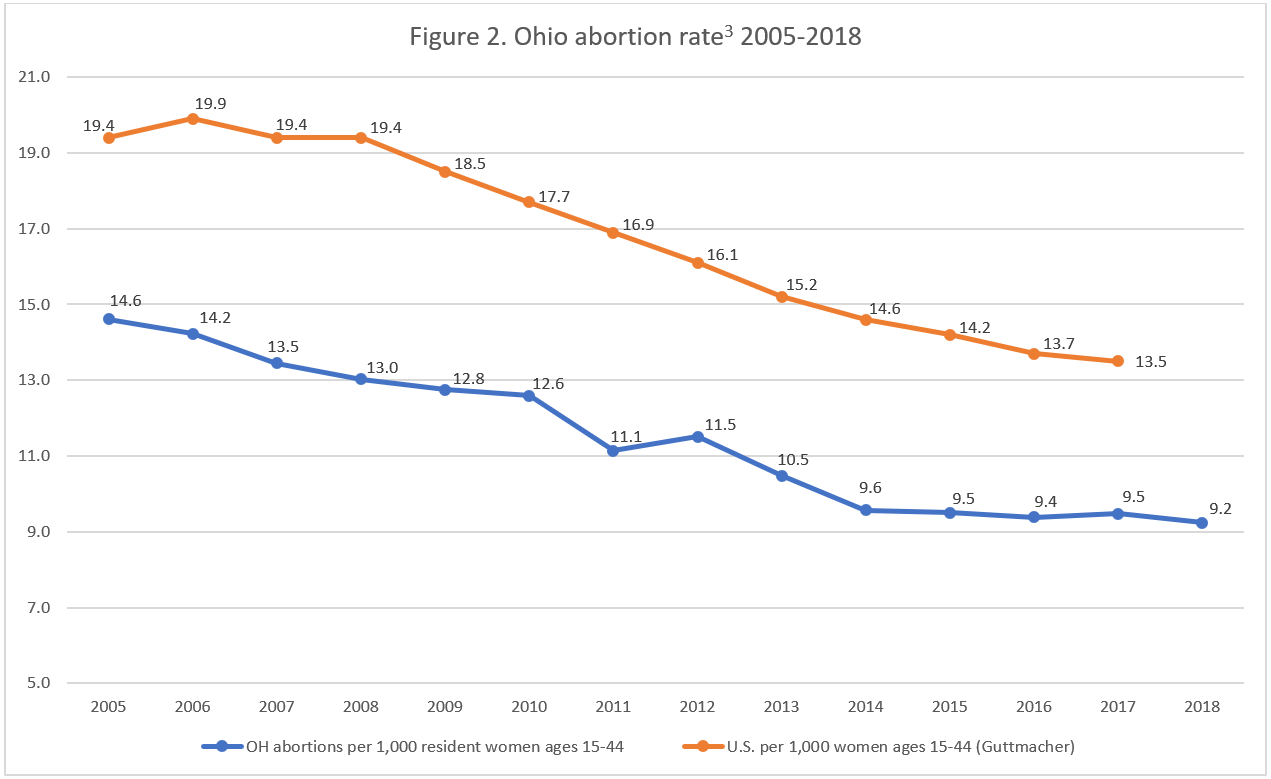
- Statistics on abortion complications reported here represent a minimal number of deaths and complications, as this data is collected in a non-systematic and non-verifiable way. As such, this data cannot be used to calculate either an accurate abortion mortality rate or an accurate abortion complication rate for the state.
- This chart does not contain the number of chemical abortions reported in 2012. Ohio changed its abortion report formatting between 2011 and 2012, and the Ohio Department of Health was not able to confirm the number of chemical abortions reported in 2012.
- Starting with the 2018 abortion reports, abortion rates are calculated by the Charlotte Lozier Institute to allow for easier state-to-state and year-to-year comparisons. Rates were calculated by CLI using population estimates from the United States Census Bureau. The rates were calculated using the following formula: (total number of abortions performed in Ohio ÷ number of resident women ages 15-44) x 1,000. Rates may differ slightly from previous CLI articles due to revised population estimates.
Click here to view reporting from:20242023202220212020201920172016











